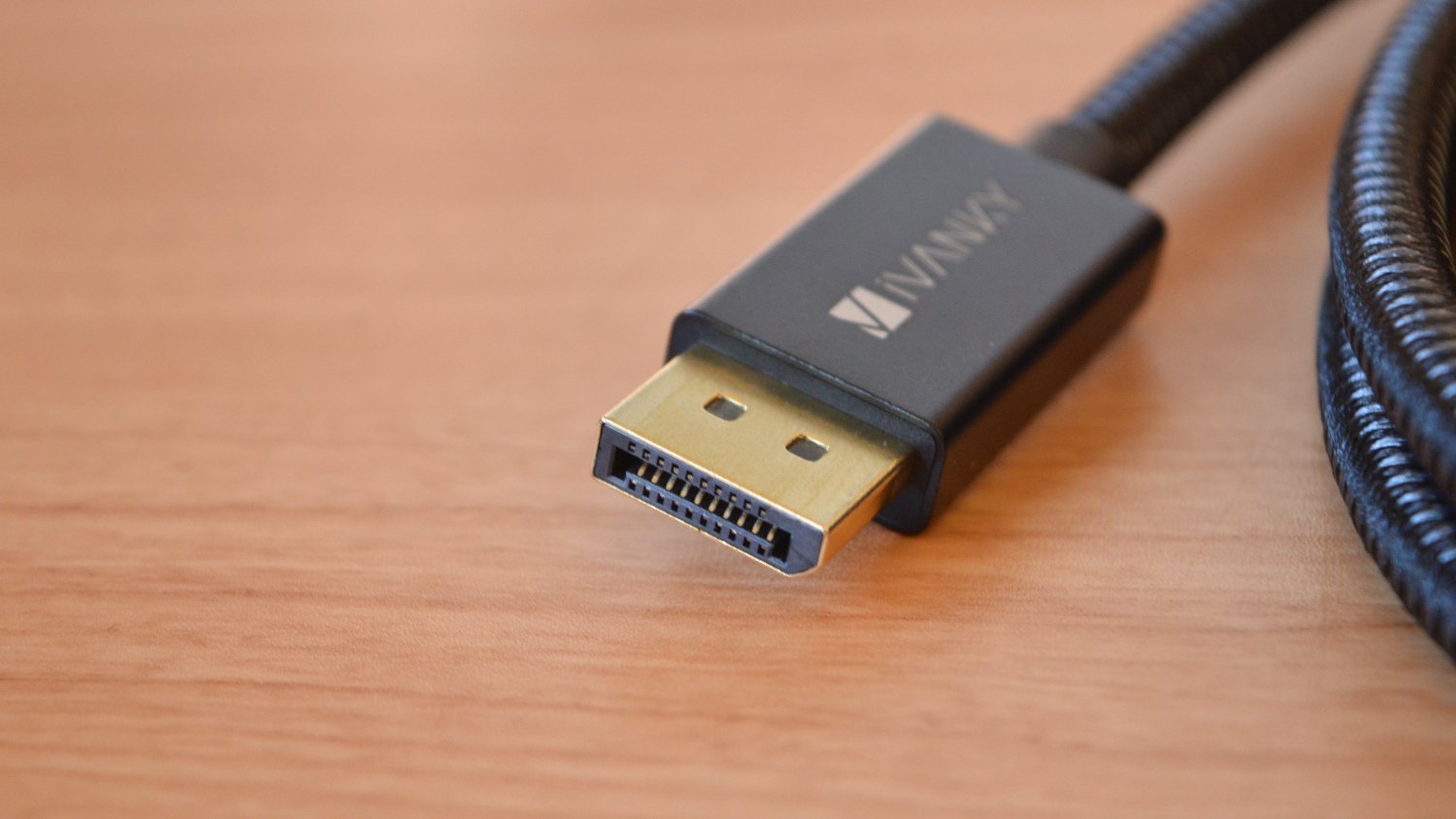Good news, your DisplayPort 2.0 hardware already supports DisplayPort 2.1 — here's why that matters
VESA unveiled the DisplayPort 2.1 specification this week, which improves efficiency and brings several changes.

What you need to know
- VESA just announced the DisplayPort 2.1 specification this week.
- DisplayPort 2.1 improves connectivity and allows longer cables without reduced performance.
- The specification also adds new bandwidth management features.
- All products that support DisplayPort 2.0 will also work with DisplayPort 2.1.
The Video Electronics Standards Association, more commonly known as VESA, announced the DisplayPort 2.1 specification this week. DisplayPort 2.1 aligns better with the USB-C specification and USB4 PHY than its predecessor and has new bandwidth management features. It also enables connectivity through longer cables. Specifically, DP40 cables can extend beyond two meters, and DP80 cables can be over one meter.
The good news is that you don't need to rush out and replace all of your DisplayPort 2.0 devices to take advantage of the new specification. VESA worked with companies to make sure that all products that support DisplayPort 2.0 also support DisplayPort 2.1.
"Whether GPUs, docking station chips, monitor scalar chips, PHY repeater chips such as re-timers, or DP40/DP80 cables (including both passive and active, and using full-size DisplayPort, Mini DisplayPort or USB Type-C connectors) – have already been certified to the stricter DisplayPort 2.1 spec," explained VESA.
Supporting a wide range of cables was a priority with the new standard. "Achieving a robust, end-to-end user visual experience remains the utmost priority for VESA's DisplayPort specification, whether across a native DisplayPort cable, via DisplayPort Alt Mode (DisplayPort over the USB Type-C connector), or tunneled through the USB4 link," said the association's press release.
DisplayPort 2.1 aligns more with the USB Type-C specification as well as USB4 PHY. As a result of this, cables meeting the specification will work better alongside data traffic through USB4 connections.
The improved efficiency of DisplayPort 2.1 works in conjunction with VESA's visually lossless Display Stream Compression codec, which can reduce transport bandwidth by as much as 67%. It also works with VESA's Panel Replay capability, which can "reduce DisplayPort tunneling packet transport bandwidth in excess of 99 percent."
In layman's terms, DisplayPort 2.1 will help video look better. It supports higher bit rates and should deliver good visual quality, including HDR content. The improved video quality will work through DisplayPort 2.1 even when a cable is also used for other tasks, such as transferring data and power.
All the latest news, reviews, and guides for Windows and Xbox diehards.

Sean Endicott is a news writer and apps editor for Windows Central with 11+ years of experience. A Nottingham Trent journalism graduate, Sean has covered the industry’s arc from the Lumia era to the launch of Windows 11 and generative AI. Having started at Thrifter, he uses his expertise in price tracking to help readers find genuine hardware value.
Beyond tech news, Sean is a UK sports media pioneer. In 2017, he became one of the first to stream via smartphone and is an expert in AP Capture systems. A tech-forward coach, he was named 2024 BAFA Youth Coach of the Year. He is focused on using technology—from AI to Clipchamp—to gain a practical edge.
